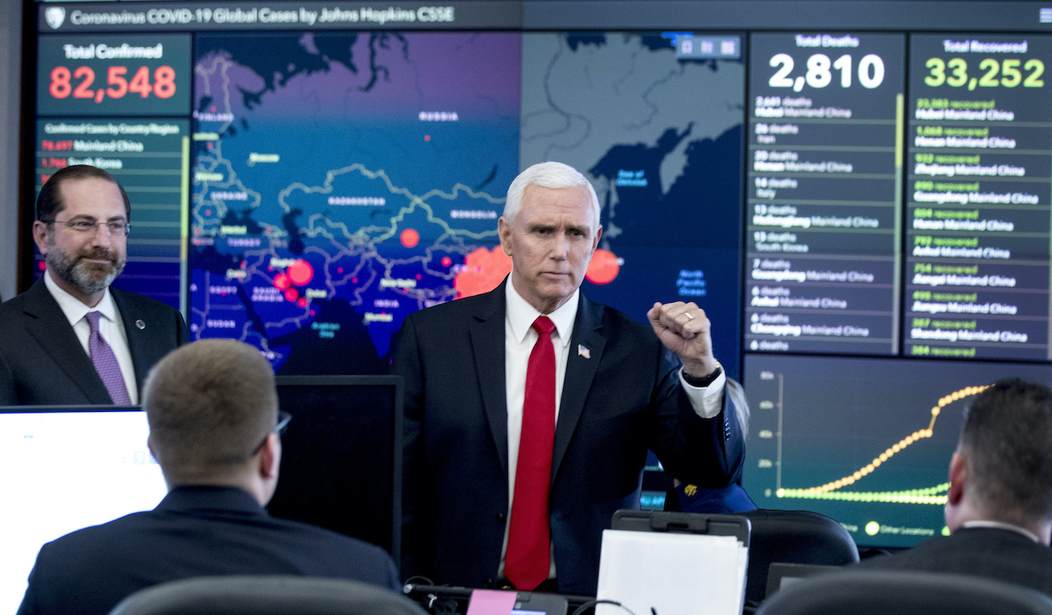The first nine coronavirus deaths in the U.S. show the biggest risks are not traveling internationally, riding mass transit or attending a crowded event. The most dangerous place to be is in a rehab or nursing home. The second-most dangerous is a hospital.
Five residents of the Life Care Center, a nursing facility in Kirkland, Washington, have died, and some 50 other residents and staff members there reportedly have coronavirus symptoms.
Be on the alert for more deadly outbreaks in nursing homes wherever coronavirus, now dubbed COVID-19, spreads. Nursing homes are infection cauldrons.
Most nursing facilities ignore precautions like separating infected residents and disinfecting rooms and medical equipment. Even without COVID-19, these facilities are dangerous. Last year, Kirkland's Life Care was cited by regulators for shoddy infection control such as failing to have staff clean their hands before touching patients and allowing a flu outbreak to infect 17 patients.
Generally, someone with coronavirus will pass it to two other people, data show. But not in nursing homes. There, one infected person can lead to carnage.
Federal and state health officials, including the New York State Department of Health, should be focused on getting nursing homes ready. Some 2.2 million Americans live full time in these facilities and hundreds of thousands more go for rehab after being in the hospital. The Committee to Reduce Infection Deaths, a nonprofit, announced guidelines Monday on what nursing homes should to curb COVID-19.
Recommended
Few children become seriously ill from COVID-19. But the elderly struggle. And in many nursing homes, they won't stand a chance.
Also in the COVID-19 crosshairs are health care workers and hospital patients. When an infected patient went to VacaValley hospital near Sacramento for care in February, three health care workers contracted it.
Doctors and nurses need training in the use of N95 masks, goggles and protective gear when treating suspected cases. A staggering 41% of coronavirus patients at a Wuhan, China, hospital contracted the virus in the hospital. Across China, some 3,400 health care workers became infected. Now Europe is bearing the brunt.
When federal officials assessed New York City hospitals for readiness to contain a contagion like measles or a coronavirus, fewer than three-quarters of health care workers put on the necessary protective gear, such as goggles, before entering an infected patient's room. Hospitals were drilled twice, and 39% failed at least once.
President Donald Trump's initial response to the coronavirus was to limit travel. That bought the U.S. time. Now, federal officials are rolling out their pandemic battle plan. The broad contours are providing medical care, and developing tests, treatments and vaccines. Secondly, closing schools where needed (already being done in Washington) and encouraging people to stay home. Thirdly, disinfecting public spaces.
In New York, Gov. Andrew Cuomo announced plans to ramp up cleaning of schools and mass transit, warning that we'll be detecting the smell of bleach. All good.
Also, Port Authority should install hand hygiene dispensers in every jetway and check-in area at our airports. Here's why:
Coughing and sneezing spray viral droplets, but the droplets only reach six feet. More significant is the danger of touching an object, such as a check-in touch screen or railing, after an infected person. The virus can live on hard surfaces for as long as nine days. MIT researchers estimate that improving hand cleanliness at airports could reduce viral spread by double-digits.
What should the rest of us do? Go about our routines, but sanitize our hands frequently, especially after touching elevator buttons and escalator handrails, riding in taxis and taking mass transit.
Avoid going to an emergency room unless it's a real emergency. You don't want to be waiting next to someone unknowingly infected.
Finally, keep your perspective. Worldwide, just over 3,000 people are known to have died from this new virus. Compare that with the 18,000 deaths from ordinary flu in the U.S. this season.
Even worse is the enormous death toll every year here from health care infections with names we've come to fear, such as staph and C. diff. Improving infection prevention to battle the new virus will save many lives in hospitals and nursing homes, whether COVID-19 explodes here or fades out.
Betsy McCaughey is chairman of the Committee to Reduce Infection Deaths and a former lieutenant governor of New York. Contact her at betsy@betsymccaughey.com. To find out more about Betsy McCaughey and read features by other Creators Syndicate writers and cartoonists, visit the Creators Syndicate website at www.creators.com.

























Join the conversation as a VIP Member